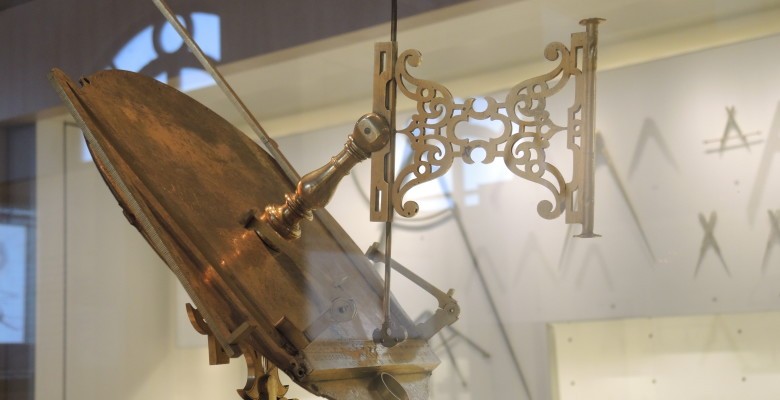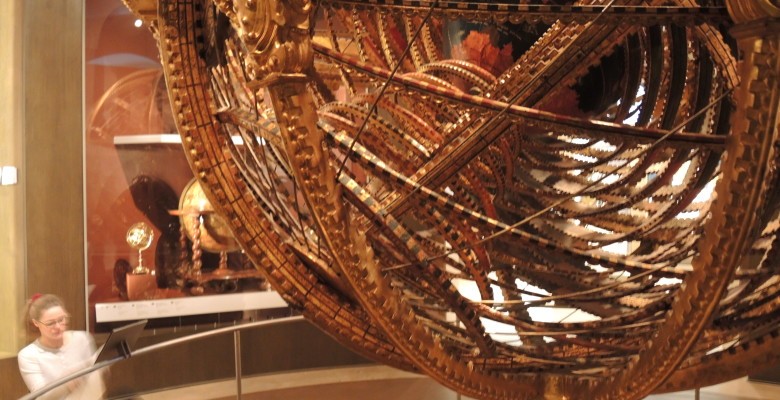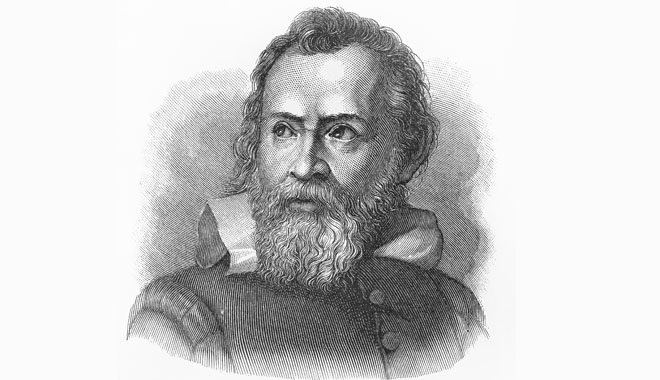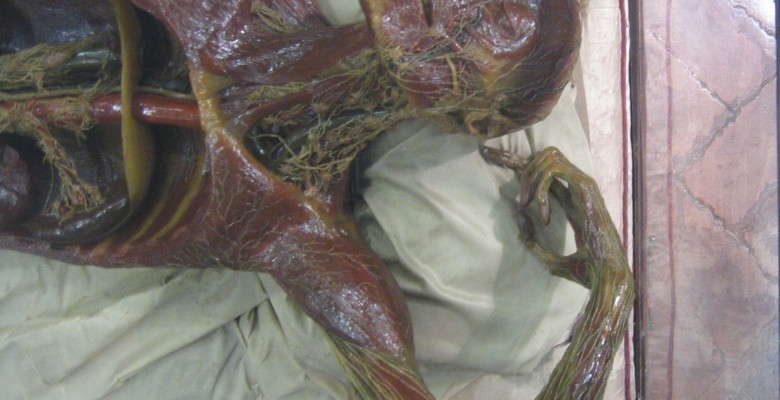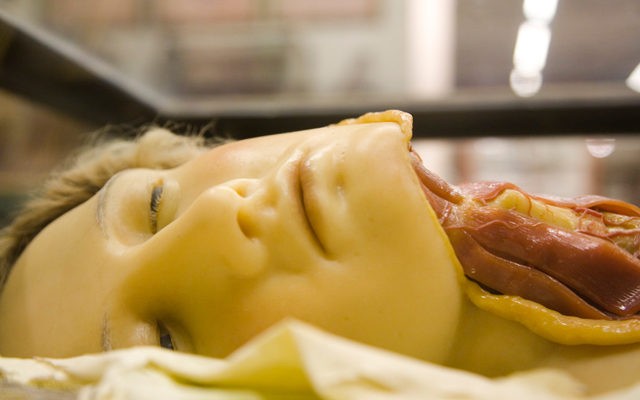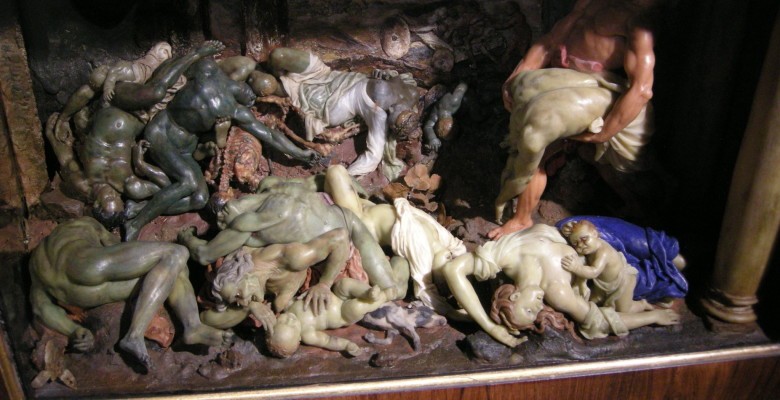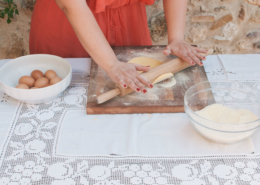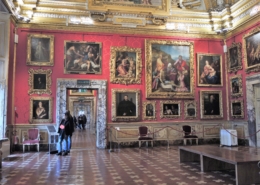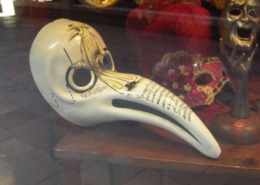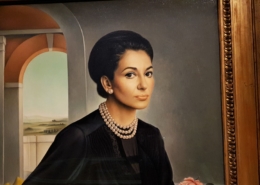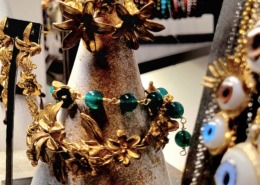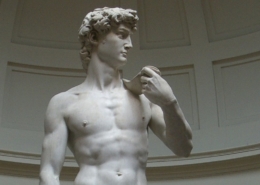Highlights of this tour
- The recently renovated “Galilei”museum, with its historical scientific instruments
- “La Specola”, with its collection of wax anatomical models and zoological collection
FLORENCE FOR SCIENCE LOVERS
Florence for Science Lovers – The tour stars the History of Science Museum and the Museum of Zoology and Natural History, better known as “La Specola”.
This tour is dedicated to all inquisitive families and to science lovers of any age.
Florence is known by anyone for its art, and most of the several million visitors come here to see paintings, sculptures, architectures.
But it has also been an extremely important centre for scientific research and culture over the centuries, thanks to the Medici, that ruled the city for about three centuries (with some interruption) and to the Lorraine, that inherited the Grand Duchy of Tuscany in 1737.
Art and science helped each other, we can say, and the artists were very frequently scientists as well. Human creativity reached one of its climaxes during the Renaissance when the different arts, mathematics, astronomy, medicine, architecture, perspective and more were interconnected.
Leonardo da Vinci, who explored every field of knowledge, from anatomy to botany, to hydraulics, mechanics, geometry, physics, the military sciences, considered painting as the science par excellence, testifying to how the relationship between art and science was one of the fundamental points of Renaissance culture.
Apothecaries prepared and dispensed, often from the same plants, both medicines for patients and pigments for painters.
Scientific innovations were used by the Medici to consolidate their power and to defend their territories. However, their vision stretched far beyond their immediate necessities.
Cosimo I (his name seems to be related with ‘cosmos’) had a special interest for astronomy. Thanks to Cosimo’s cosmographer Egnazio Danti, he presided over the reform of the Julian calendar to the Gregorian version we use today. On the orders of Cosimo I, four brass armillary spheres made by Antonio Lupicini were installed in the Medici’s Libray to inspire future generations.
Representing the movements of the planets, the interior bands are engraved with signs of the zodiac.
In 1610 Galileo Galilei was appointed mathematician and philosopher to I to Grand Duke Cosimo II,.
A year earlier, Galileo had invented the telescope that allowed him to discover Jupiter’s four moons. After dedicating the “Medici Stars” to his patron, he made him a present of the telescope itself.
Ferdinando II was the patron of Galileo and other important scientists. In 1657, with his brother Leopoldo he founded the first European society of scientific nature, the Accademia del Cimento, to promote the diffusion of Galileo’s experimental method.
The Academy, at Palazzo Pitti, created a number of remarkably elegant instruments of singular shape. Many of the blown glass objects were made in furnaces set at the Boboli Gardens. Grand Duke Ferdinando II himself was, it seems, the author of the thermometers called “infingardi” (slow, slothful) and “gelosissimi” (very jealous).
All this and much more we’ll discuss while visiting the exceptional Galileo Museum, located right by the Uffizi Galleries, a very modern interactive museum in an old palazzo along the Arno River.
Astrolabes, armillary spheres, astronomical telescopes, military instruments, celestial globes, compound microscopes, clocks and watches, thermometers, quadrants, dials, nocturnal and sundials…from the 12th to the middle of the 19th century.
Our Florence for Science Lovers goes on with a short stroll over the Arno, during which we might indulge ourselves with a refreshing gelato, will take us to “La Specola” Museum, near Pitti Palace, where we’ll continue our lecture about the interaction of art and science during the Renaissance. It is the oldest scientific Museum of Europe, very eclectic, very old fashioned, and absolutely fascinating!
One of the great themes of the enormous collection is anatomy. In 15th and 16th century treatises on art, the relations between the arts and the study of the human body were precise. Drawing and studying anatomy were reputed indispensable in the training of an artist. Leonardo dissected cadavers in the Hospital of Santa Maria Novella.
We’ll admire (unless you’re too scared or disgusted !) the incredibly accurate and realistic collection of wax anatomical models produced by sculptor Clemente Susini (1754-1814), for the use of medical students. The temperature of the 10 rooms is always kept at 18 Celsius degrees (64.4 Fahrenheit) to prevent the wax from melting. Susini’s obituary praised him for “the beauty which he gave to the most revolting things”.
Also made of wax are the morbid and horribly beautiful (!) tableaux made by Gaetano Zumbo (1656-1701) depicting in detail the devastating effects provoked by the plague or other tremendous diseases on human bodies.
24 rooms are devoted to of zoology. In this section, we find both recently acquired as well as ancient taxidermy specimens. The most famous animal is the hippopotamus which, as it seems, was given to the Grand Duke in the second half of the 1700’s, and lived for some years in the Boboli Gardens!
At the top of old Palazzo Torrigiani is the Torrino, an octagonal eighteenth-century small tower, used as astronomical observatory (=‘specola’). In the center is a telescope from 1841. From here we’ll enjoy a 360 degree view of Florence, one of the only high up views in the Oltrarno.
“La Specola”, originally a series of private collections belonging to the Medici ,was opened to the public in 1775 by the Grand Duke Peter Leopold of Lorraine. Anyone could attend, providing they “looked clean” .
If you enjoyed Florence for Science Lovers you might also like our tour in Padua, where Galileo lived for many years.
Cost of this tour
- This tour lasts 3 hours and cost 345 euros up to 6 people
- For larger parties please enquire at info@walksinsideitaly.com
- Admission fees: Galileo: 16 euros – students 9 euros; Specola: 13 euros – students 4 euros
Dress Code and advice
- The “Specola” Museum has a collection of very realistic wax models of human anatomies that might result scary for very sensitive people.

